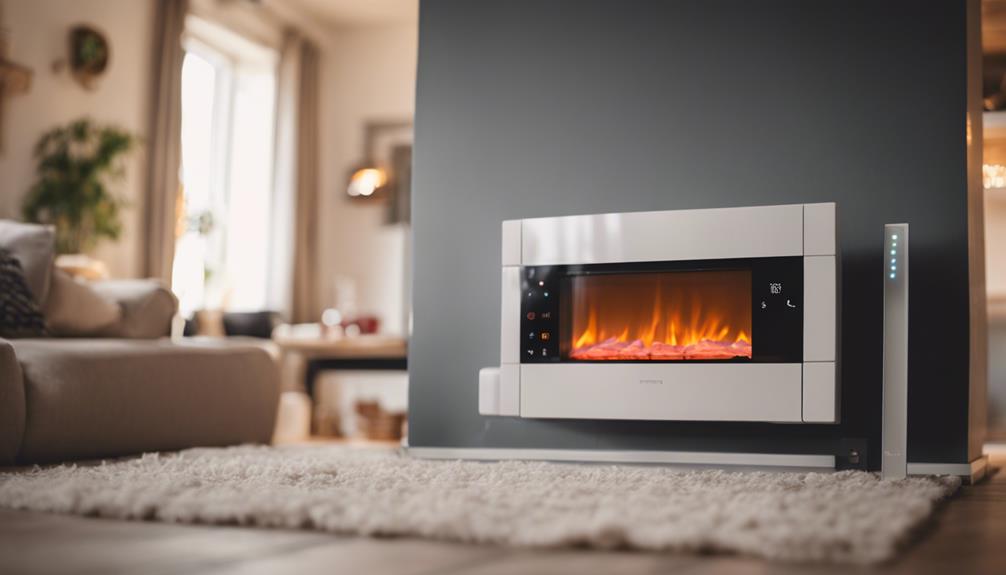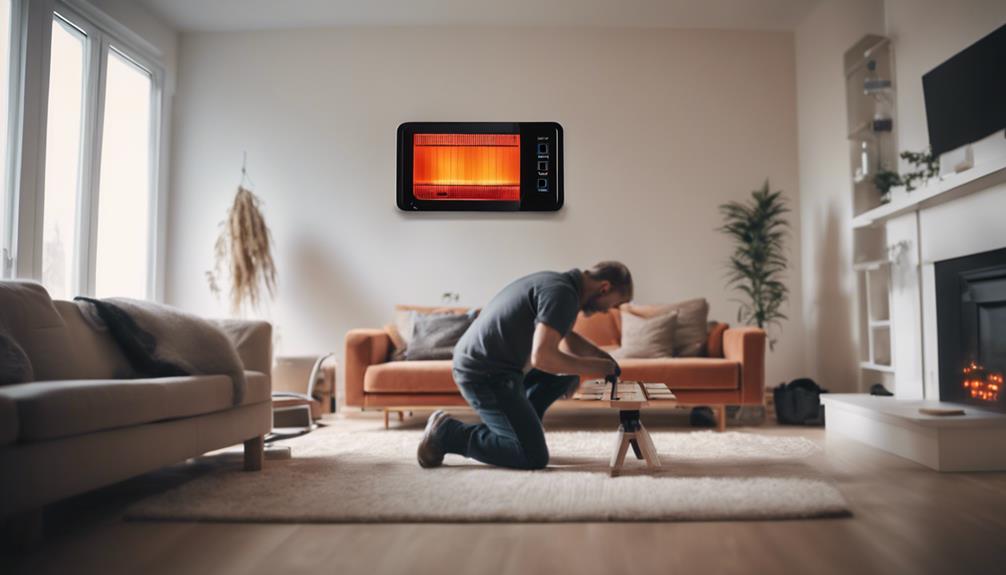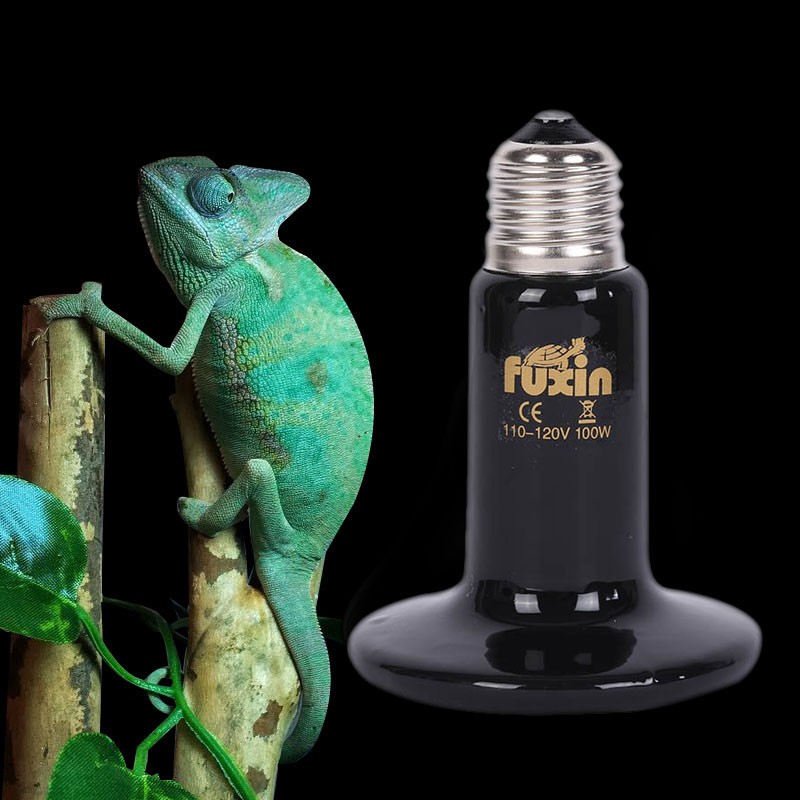
Upgrade to energy-efficient infrared heaters for cost savings. These heaters emit infrared radiation to heat objects directly, reducing energy waste and keeping you warm effectively. Enjoy benefits like improved blood circulation and eco-friendliness while minimizing heat loss. Despite a higher initial cost, the long-term savings and versatility make them a smart choice for homes, offices, and outdoor spaces. Choose from ceramic, quartz, or panel heaters for quick and uniform heat without drying the air. Proper installation and maintenance guarantee peak performance and longevity. Switch to infrared heaters now to maximize comfort and savings.
Benefits of Infrared Heaters

Infrared heaters offer significant benefits due to their efficient and targeted heating capabilities.
These heaters provide health benefits by operating without reducing humidity levels in the air, unlike traditional heaters that can cause dryness and discomfort. Additionally, infrared heaters are known to improve blood circulation and alleviate symptoms of conditions like arthritis due to their ability to directly heat objects and people instead of the air.
From an environmental impact perspective, infrared heaters are considered more eco-friendly than conventional heating methods. They operate using electromagnetic radiation, which heats objects directly without warming the air around them.
This process reduces energy waste by avoiding heat loss during distribution, ultimately leading to lower energy consumption and decreased greenhouse gas emissions. By focusing on heating specific areas or objects, infrared heaters help minimize overall energy usage and contribute to a more sustainable heating solution for both residential and commercial spaces.
How Infrared Heaters Work
To understand how these heaters efficiently provide warmth, it's important to grasp the fundamental principles of infrared heat transfer.
Infrared heaters work by using infrared technology to emit infrared radiation that directly heats objects and people in its path, rather than heating the air. This method is highly efficient because it minimizes heat loss due to air circulation.
The heat distribution from infrared heaters is more uniform compared to traditional heating systems, as it warms surfaces evenly without creating cold spots.
Infrared technology allows for quick heat transfer, meaning you'll feel the warmth almost instantly upon turning the heater on.
Since the heat is directed towards objects and individuals, rather than the air, there's less energy wasted. This targeted approach results in cost savings because you can heat specific areas without needing to warm up an entire room.
Understanding how infrared heaters work can help you make informed decisions when choosing a heating solution for your space.
Cost Savings With Infrared Heaters

Cost savings can be significant when using infrared heaters due to their efficient heat transfer method that targets objects and individuals directly.
Infrared heaters are cost-effective because they operate by emitting infrared radiation that heats objects in its path, rather than heating the air. This direct transfer of heat reduces energy waste and allows for quick and efficient heating in specific zones or areas, making them ideal for spot heating applications.
When considering infrared heater costs, it's important to note that while the initial purchase price may be slightly higher compared to traditional heaters, the long-term savings on energy bills can outweigh this upfront investment.
Infrared heating applications are diverse and can be used in various settings such as homes, offices, warehouses, and outdoor spaces.
Energy Efficiency of Infrared Heaters
Maximizing energy efficiency is a key consideration when evaluating the performance of infrared heaters. There are various types of infrared heaters available, including ceramic, quartz, and panel heaters. Each type has its own efficiency levels and applications.
In recent years, significant advancements in infrared technology have contributed to improving the energy efficiency of these heaters. Newer models now feature better heat distribution, improved insulation, and advanced thermostats, all of which help reduce energy consumption while maintaining ideal heating levels.
Ceramic infrared heaters, for instance, are known for their quick heat-up times and efficient energy use. Quartz heaters emit instant heat and are suitable for outdoor areas. Panel heaters are often used for whole-room heating and are designed to operate efficiently over extended periods.
When considering energy efficiency, it's essential to choose the right type of infrared heater for your specific needs. Understanding the different types and the latest technology advancements can help you make an informed decision that maximizes both comfort and cost savings.
Installation of Infrared Heaters

When installing infrared heaters, proper positioning and mounting are essential factors to guarantee ideal performance and efficiency. There are various types of infrared heaters, including wall-mounted, ceiling-mounted, and portable models.
Wall-mounted heaters are ideal for targeted heating in specific areas, while ceiling-mounted heaters offer a broader range of heat distribution. Portable heaters provide flexibility and can be moved to different locations as needed.
To ascertain effective installation, start by identifying the most suitable type of infrared heater for your space and heating requirements. When mounting the heater, make sure it's positioned at an optimal height and angle to maximize heat coverage and efficiency.
Avoid placing obstacles that could block the infrared heat waves from reaching their intended area. Additionally, it's essential to follow the manufacturer's guidelines for installation to prevent any safety hazards and guarantee proper functioning.
Properly installed infrared heaters can greatly reduce energy costs and provide efficient heating solutions for your space.
Maintenance Tips for Infrared Heaters
Guaranteeing regular upkeep and maintenance is essential for optimizing the performance and longevity of your infrared heaters.
To maintain your infrared heaters effectively, start by regularly cleaning the heating elements to prevent dust buildup, which can hinder their efficiency. Additionally, check for any signs of wear and tear on the heater's components and promptly replace any damaged parts to avoid further issues.
When troubleshooting your infrared heater, verify that it's receiving an adequate power supply and that the thermostat is set correctly. If the heater isn't emitting heat as expected, inspect the heating elements for any signs of malfunction.
Infrared heaters typically have a lifespan of around 5-10 years, depending on usage and maintenance. By following these maintenance tips and promptly addressing any issues, you can maximize the efficiency and lifespan of your infrared heaters, ultimately saving on energy costs and guaranteeing consistent heating in your space.
Infrared Heaters Vs. Traditional Heaters

Comparing infrared heaters to traditional heaters reveals distinct differences in energy efficiency and heating capabilities.
In a comparative analysis, infrared heaters are known for their ability to heat objects directly, similar to how the sun warms the earth. This results in more efficient heating as there's no energy wasted on heating the air first. Traditional heaters, on the other hand, work by heating the air in a room, which can lead to heat loss through drafts or poorly insulated spaces.
User experiences with infrared heaters often highlight their quick heating capabilities and ability to maintain a consistent warmth without drying out the air. In contrast, traditional heaters may lead to uneven heating patterns and fluctuating temperatures, depending on the size of the room and insulation levels.
While infrared heaters can be more targeted in their heating approach, traditional heaters are generally better suited for larger spaces where the heating needs to be more widespread.
Consider these factors when deciding between infrared and traditional heaters for your energy-efficient heating solution.
Conclusion
To summarize, choosing energy-efficient heating solutions like infrared heaters can lead to significant cost savings in the long run.
With their efficient operation, lower energy consumption, and easy maintenance, infrared heaters are a practical choice for heating your space while reducing your energy bills.
Consider making the switch to infrared heaters to not only save money, but also reduce your carbon footprint and contribute to a more sustainable future.

